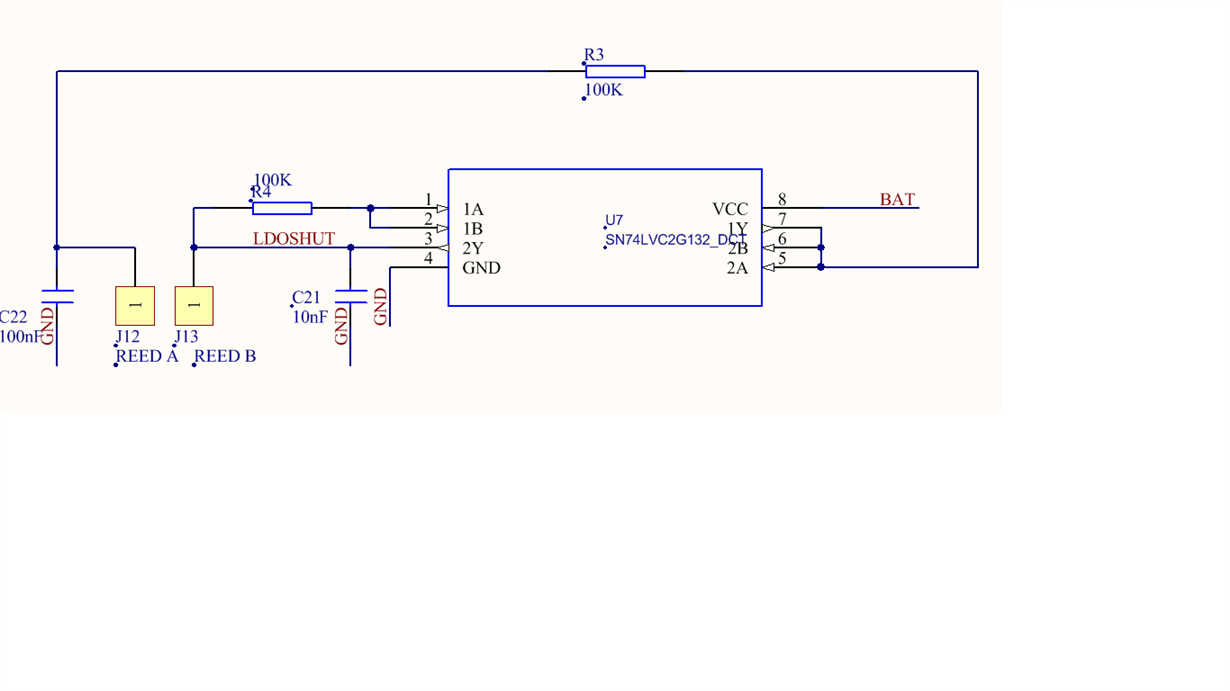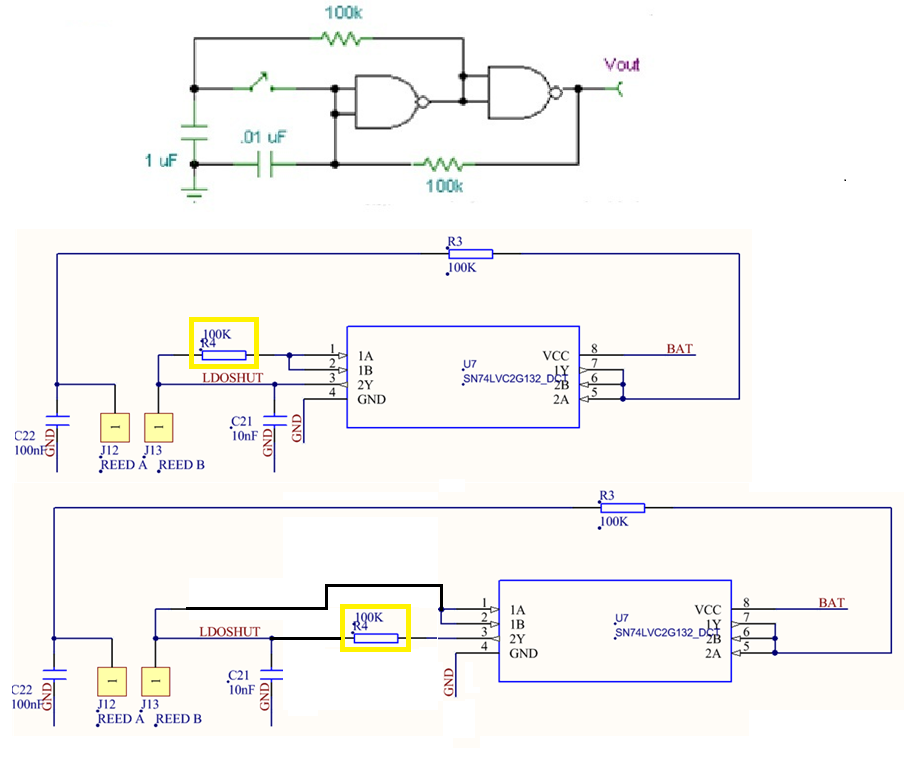All I need is a basic toggle function for controlling the enable pin on a multiplexer.
I want this to be a push button application so I need proper debouncing, specifically a schmitt trigger.
Are there any j-k flip flops or toggle chips with built in schmitt trigger?







